In the tech world, when you're a small startup going up against the Goliaths and their massive marketing budgets, you're forced to find and produce something almost magical to help your product stand apart from the rest. And that's exactly what Occipital Inc. has done with their Bridge headset.
Occipital is well known for their powerful Structure Sensor, a sensor array for 3D scanning the world around you — built specifically with Apple devices in mind. They've taken that 3D depth sensing technology, mounted it on a headset, and powered it with an iPhone to create a new mixed reality head-worn device with extraordinary spatial mapping abilities that all the Goliaths should pay attention to.
The "Explorer Edition" of Occipital's headset has been available since December 2016, and the commercial version will be out by the end of the month.

Occipital's Bridge and remote control.
I recently met up with Adam Rodnitzky, Vice President of Marketing at Occipital, who let me test drive the Bridge headset, and who walked me through its features and a good portion of the software.
Bridge is built off of the smartphone-based headset model that the Samsung Gear VR and Google Cardboard are so well known for, with the addition of a wide field of view camera and the Structure Sensor. Using a heavier adjustment piece in the back to create balance, this device was surprisingly comfortable to wear. Only having about 30 minutes with the HMD (head-mounted display), it would be tough to judge long-term use, but I did not get tired of wearing it, unlike other HMDs.
While I have yet to see a device using a passthrough camera with zero noticeable latency, the latency on the rig that I tested was very minor.
For those unfamiliar with a passthrough camera, this headset has a completely occluded (closed off) view; The camera on the front of the device is to feed what the user would normally see with their naked eyes through to the phone's screen. At this point, the phone can composite holograms onto that view so the user can see their world blended with rendered objects.
The Spatial Mapping Is Great
One of the key elements that separate MR from its AR and VR brethren is the idea that the device understands its surrounding. This is generally accomplished through spatial mapping, a 3D mesh created through a collection of sensors on or in a mixed reality headset. This 3D mesh is a collection of all the surfaces around the user (walls, floors, ceiling, or even places to sit like a sofa) at a given moment.

Bridge provides a highly accurate spatial map to work with.
With this information, the computer running the mixed reality experience can tell a 3D object when a wall is in the way and occlude it correctly, or tell a ball to bounce off a chair and onto a floor. Thanks to the sheer power of the Structure Sensor, Bridge does this very well.
This feature really separates the device from the others out there at the moment. The spatial mapping is fast, but far more importantly, it is extremely accurate — which means accurate occlusion and accurate reaction when rendered objects interact with your world. It's not to say that I didn't see a hole or two in the floor, it was just far less common than my current experiences.
Also, it should be noted that one element that helps make Bridge stand out from other smartphone-based headsets is the Structure Sensor's 6 degrees-of-freedom (6 DoF) tracking, which puts it on par with the HoloLens.
Most other smartphone-based headsets are generally 3 DoF, like the Gear VR, which measures rotations (pitch, roll, yaw) only. But with 6 DoF, you get linear translations as well, i.e., movement forward/backward, strafing, and ducking/jumping.
Software Is Limited, but More Apps Coming
Being the small kid on the block can definitely be an uphill climb. Without the marketing, it's hard work to sway developers over to your product, which makes building up a collection of software for your product a challenge. Without software, it becomes a real effort to grab consumers' imaginations.
Fortunately, Occipital is a software company that has broken into hardware development in recent years. With their software background, they've developed some experiences for Bridge that work well and show off the magic that is called mixed reality.
Bridget is the name of Occipital's adorable AI robot and mascot. She will follow commands and do a variety of activities, including playing fetch. And thanks to the spatial mapping, she will do things like avoiding furniture in the process of retrieving the ball. As more developers get involved, Bridget's capabilities will grow as well.
Because Bridge is an occluded headset, it's also capable of running VR software as well. Or, in the case of a recent Bridget update, it can blend mixed reality with virtual reality. The developer in me can imagine so many cool uses of this combination.
It's Remote Controlled
In its current iteration, Bridge comes with a Bluetooth-connected remote control. And while this can be expanded with other more elaborate controllers, in a world that has recently seen the introduction of not only hand-based gesture control but sophisticated voice commands, this does feel to be a limiting factor for Bridge.
The Takeaway
Currently, Bridge is only available for iPhones — specifically the iPhone 6, 6s, and 7 — but the team has let me know that the idea of supporting Android devices is not completely off the table. Just like any smart business, if they see a demand they will create the supply for it.
The battery life for Bridge is 3–4 hours of scanning time. It has its own battery so it does not use the smartphone's battery, which is a big plus.
At a price of $399 for Bridge, which ships out at the end of April (you can preorder one here), and starting at $649 for the iPhone 7 (assuming you do not already have one), $1,048 for a mixed reality HMD with its amazing spatial mapping capabilities, 6 DoF tracking, as well as comfortable balance and weight, makes Bridge a very competitive device.
As mixed reality early adopters and developers continue catching on, the use-cases and software options will continue to grow, and just maybe, the next thing you know, the small guy becomes the Goliath.
- Follow Next Reality on Facebook, Twitter, and YouTube
- Follow WonderHowTo on Facebook, Twitter, Pinterest, and Google+
Cover image via Occipital/YouTube









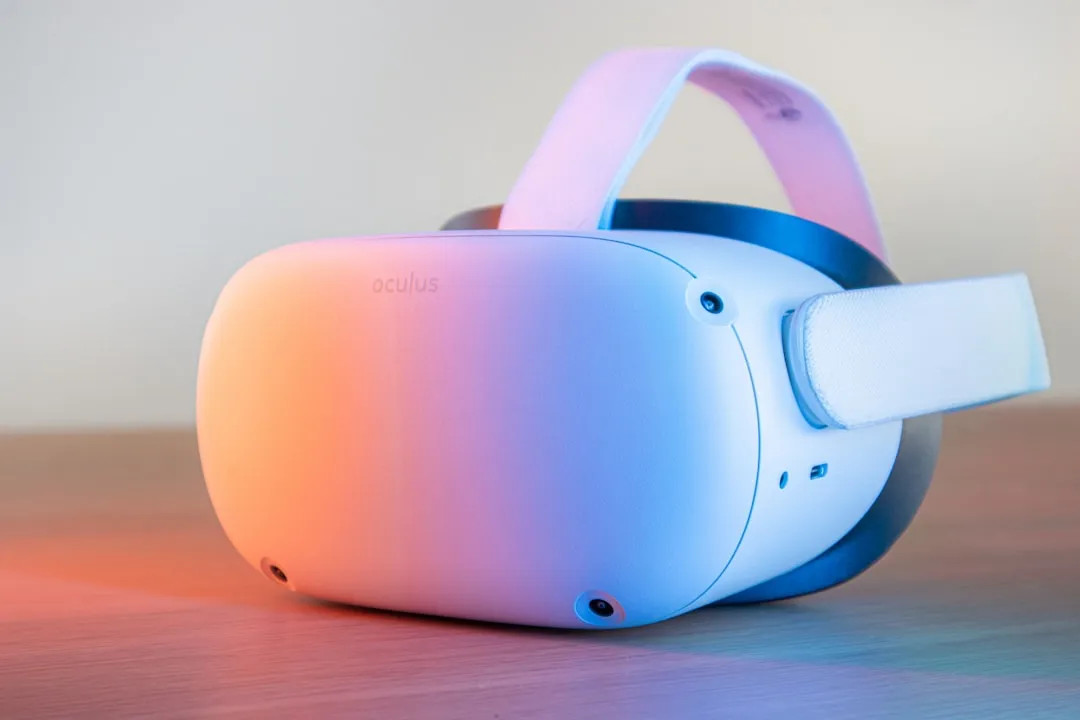
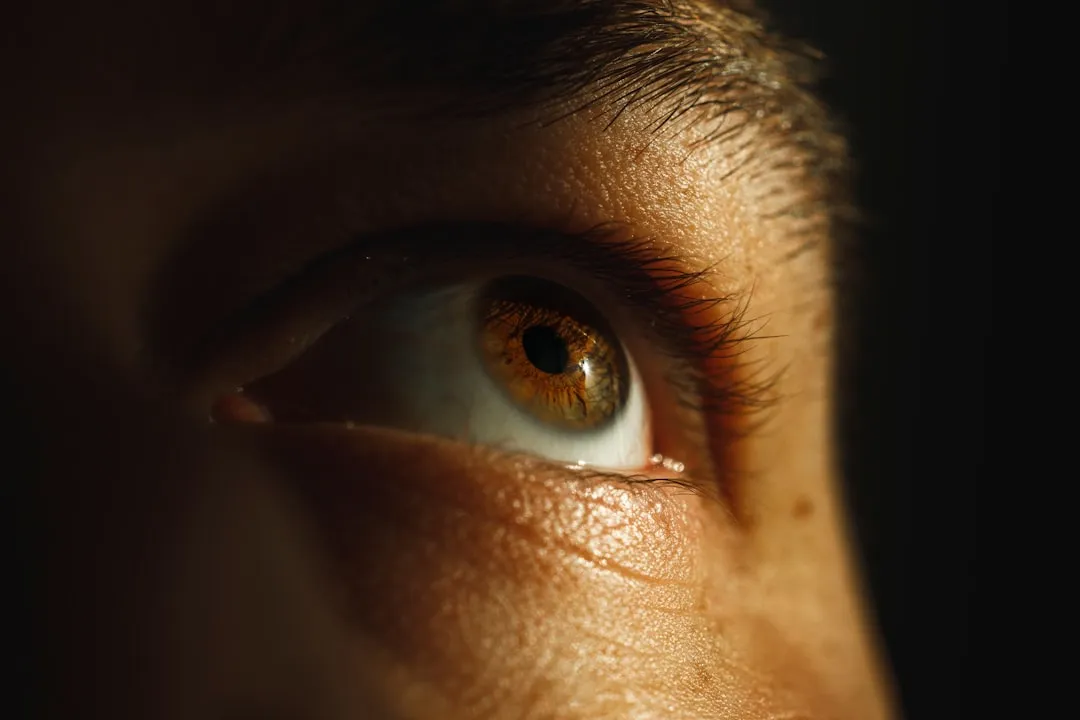
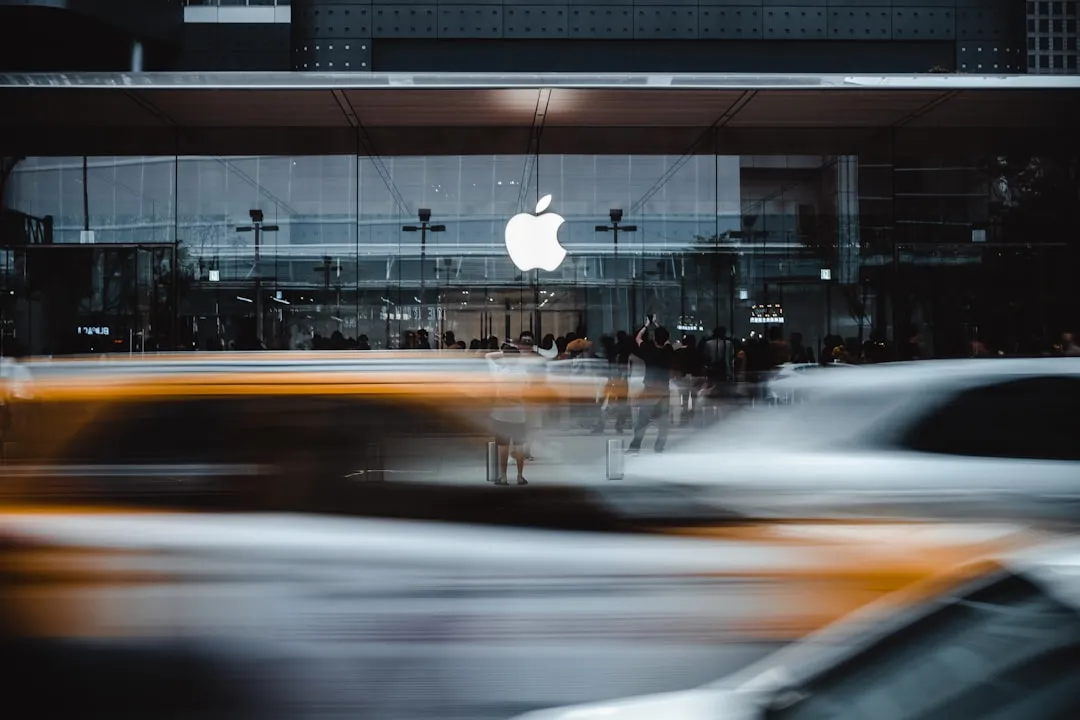
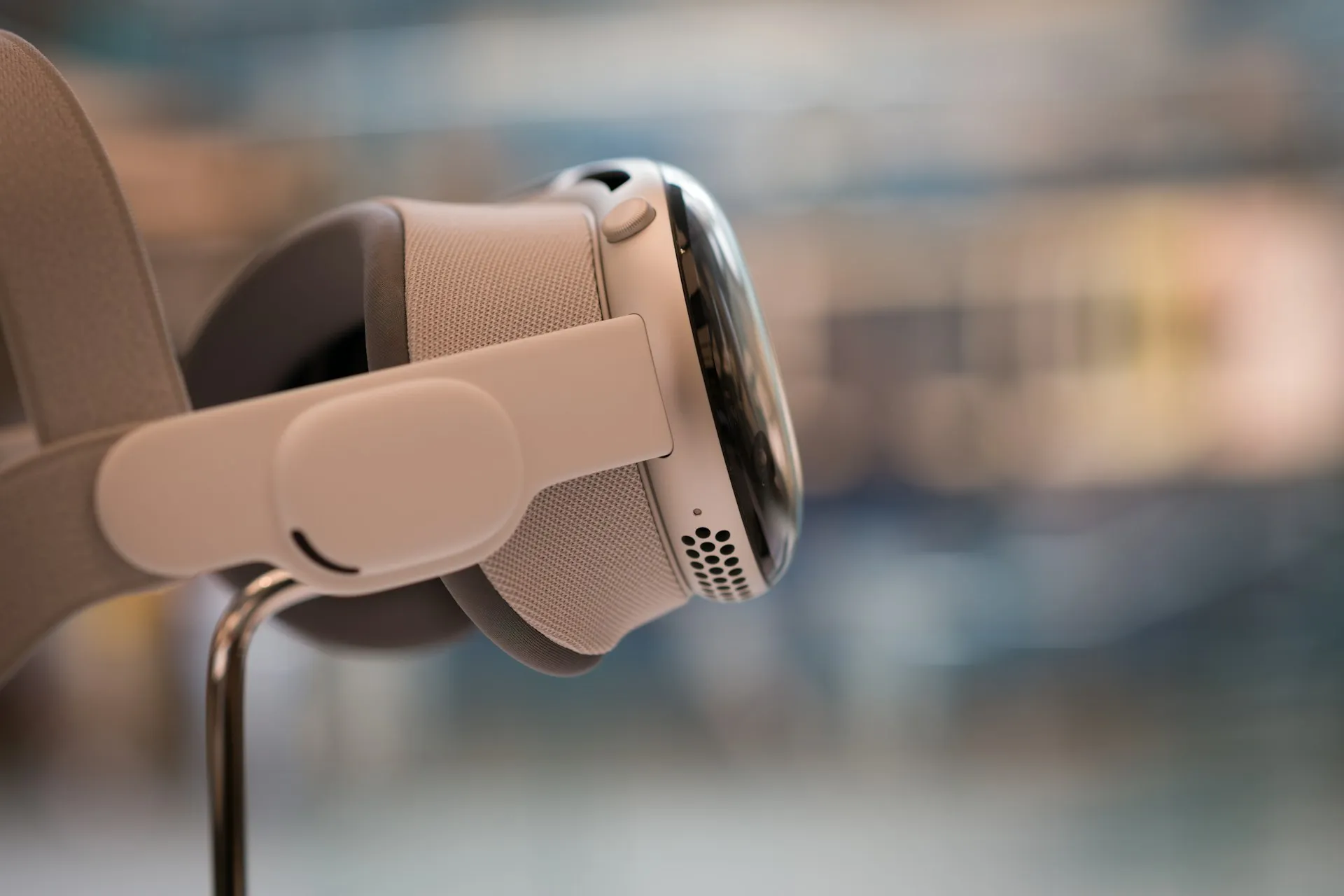

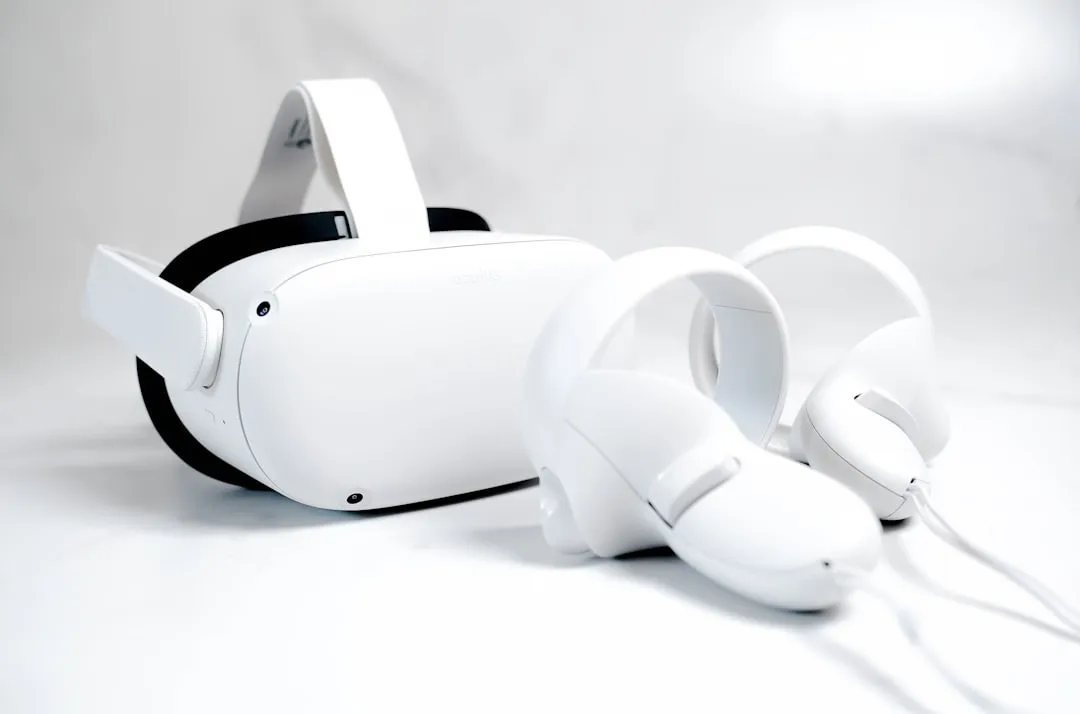
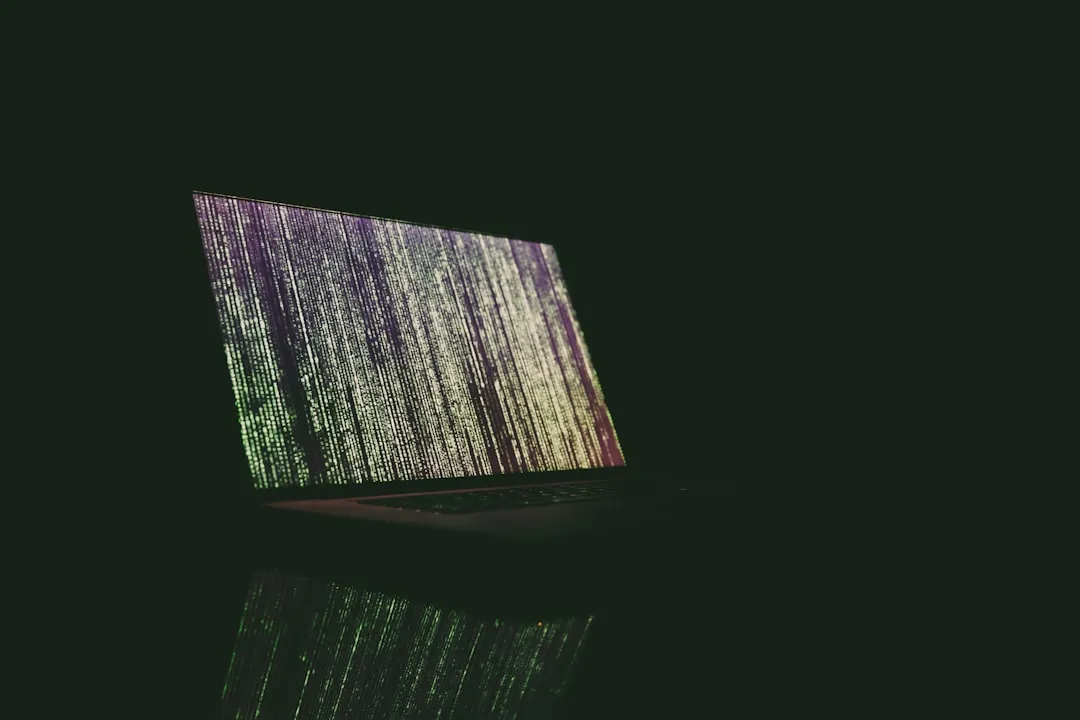
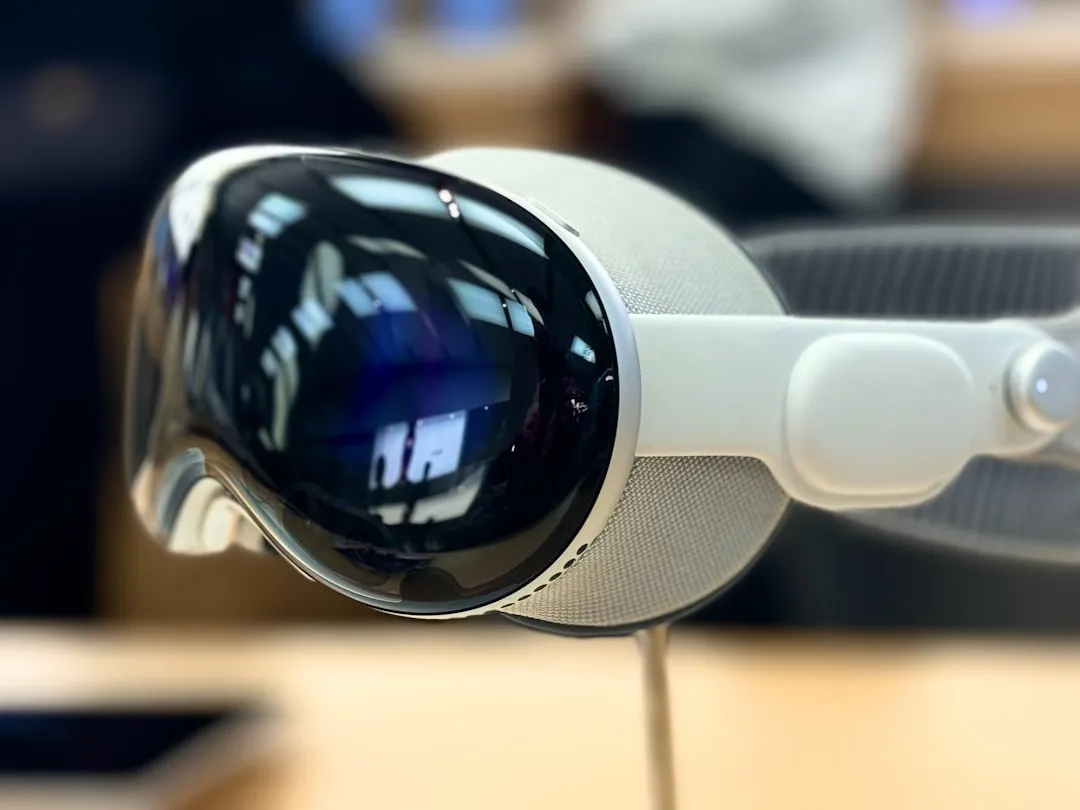
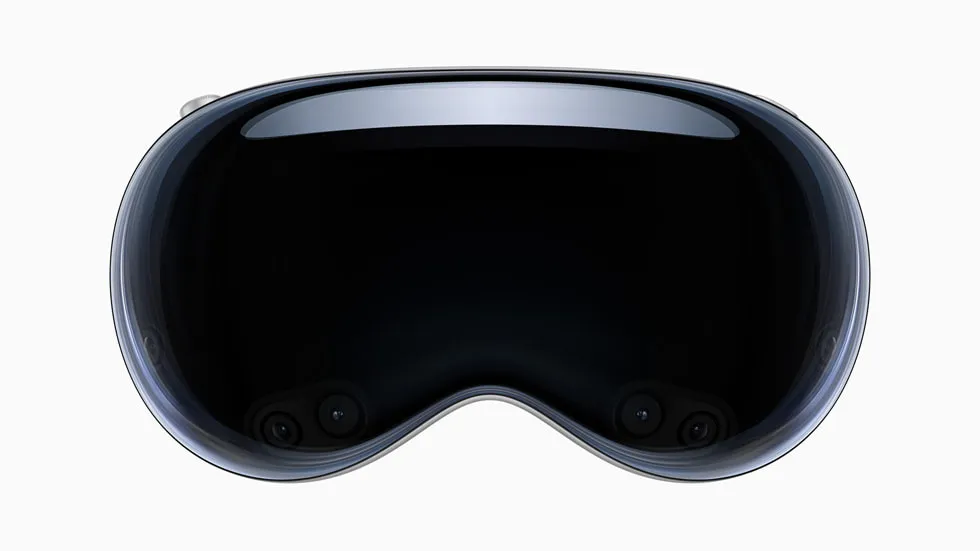
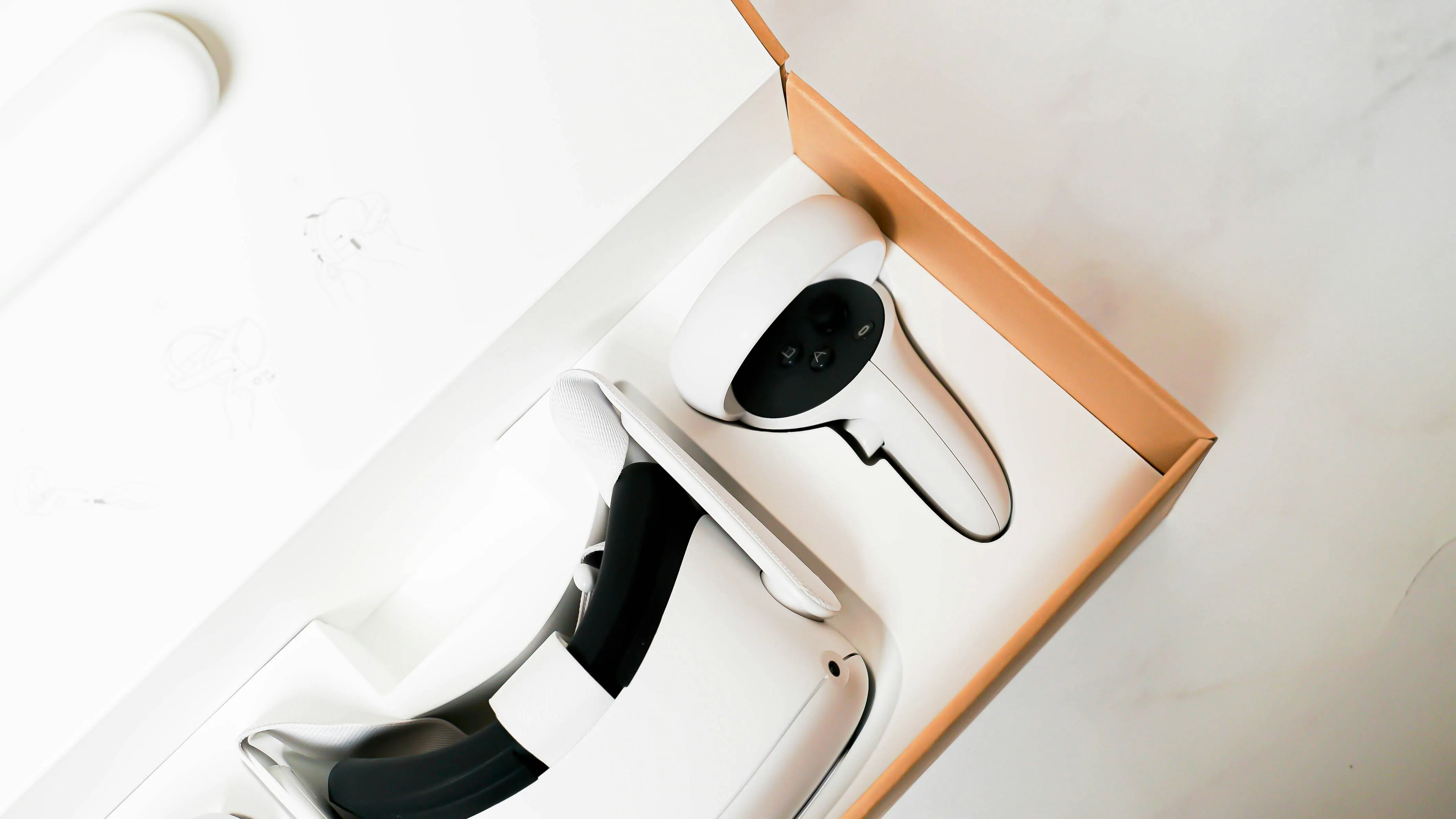
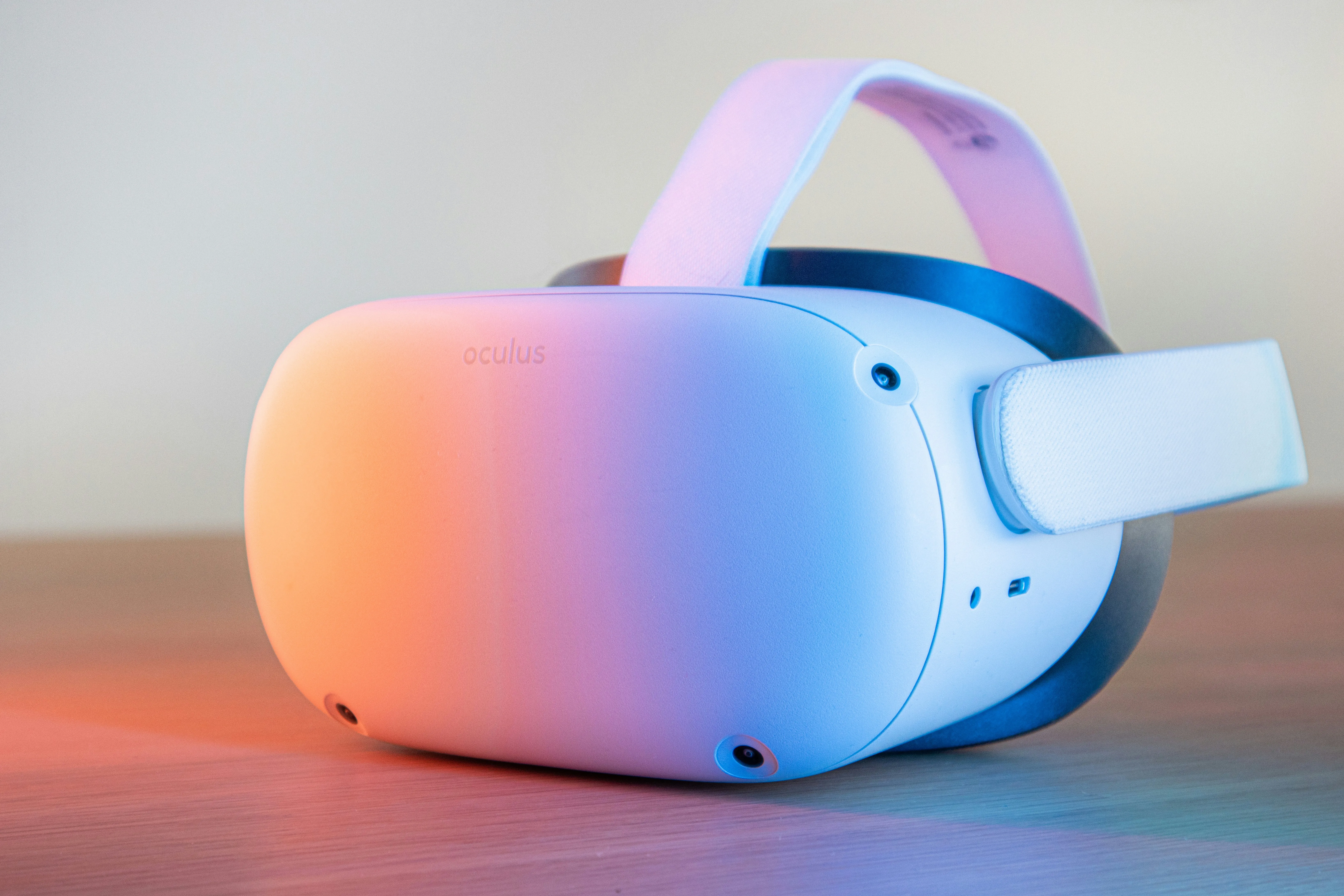








Comments
Be the first, drop a comment!